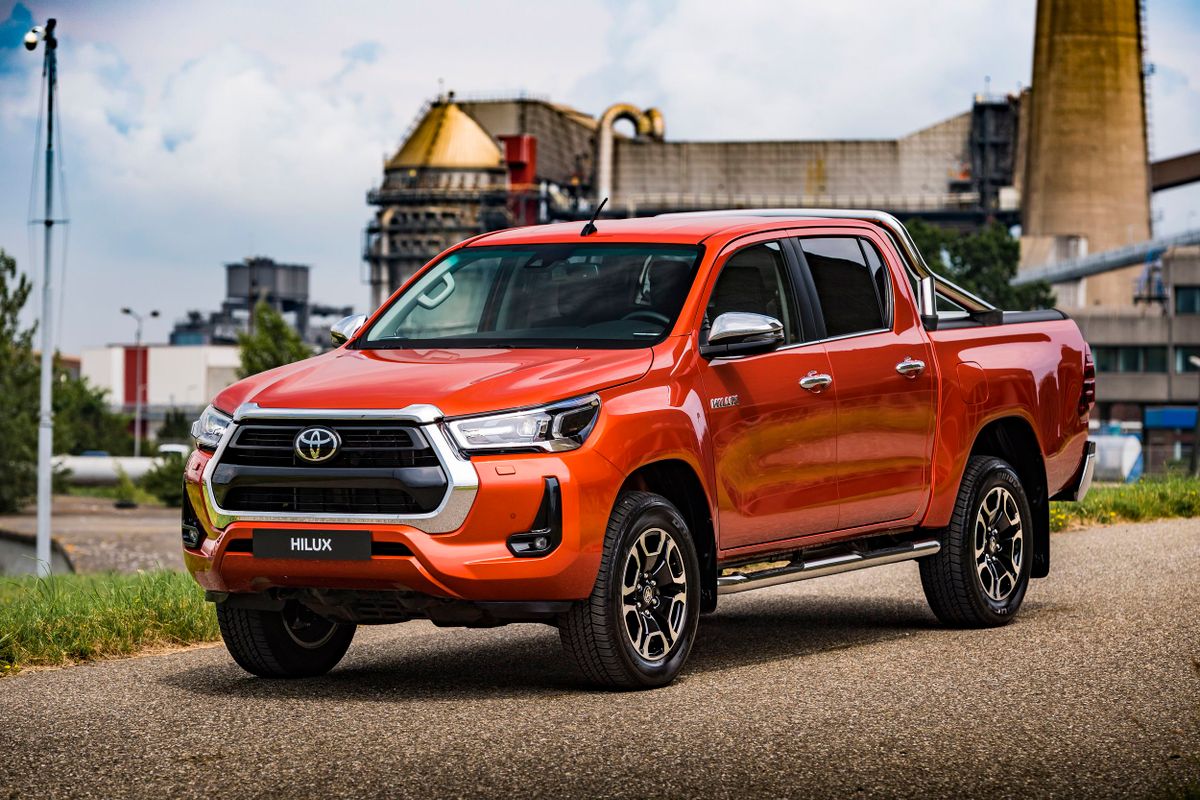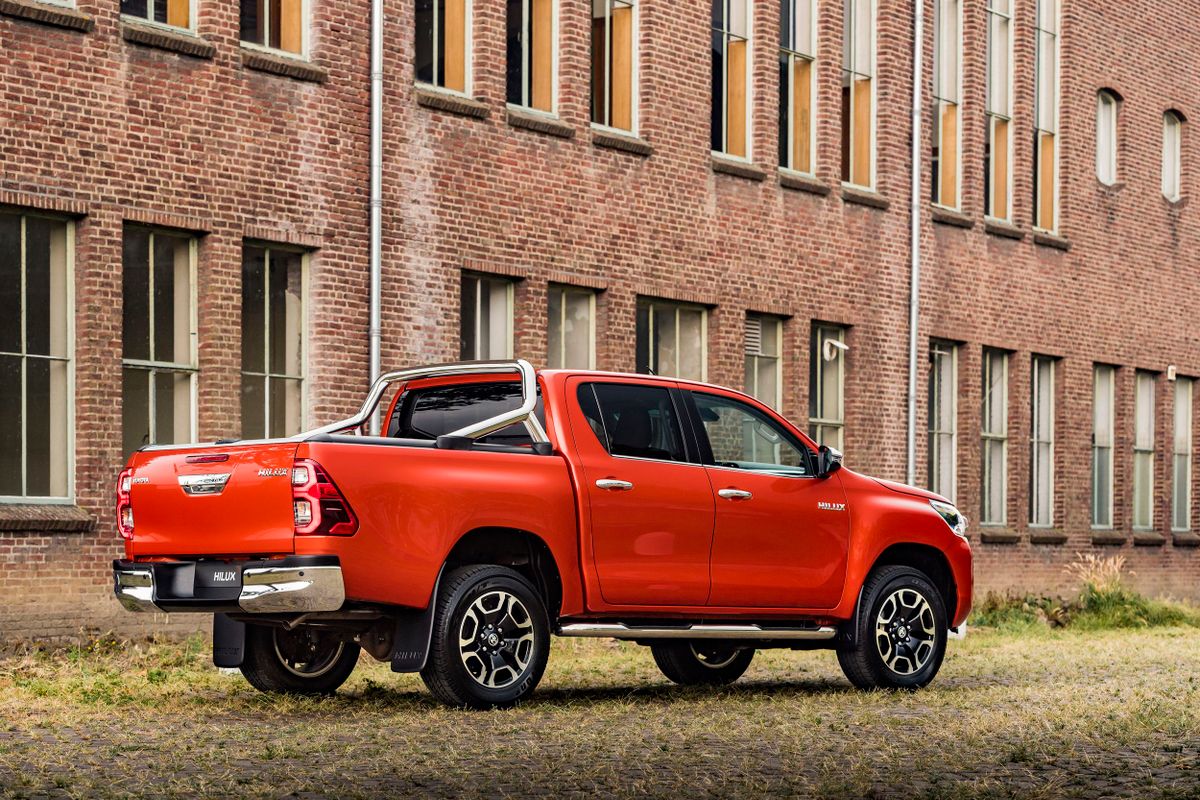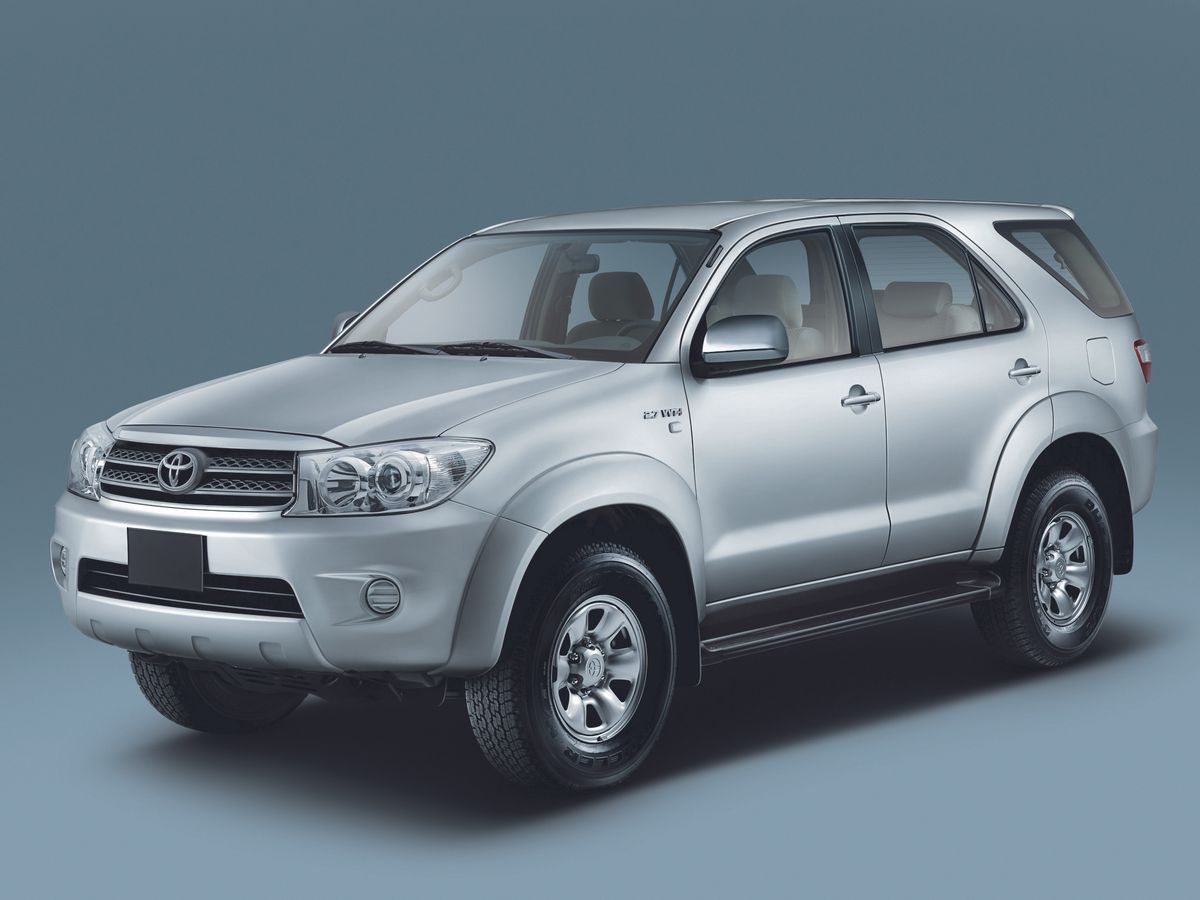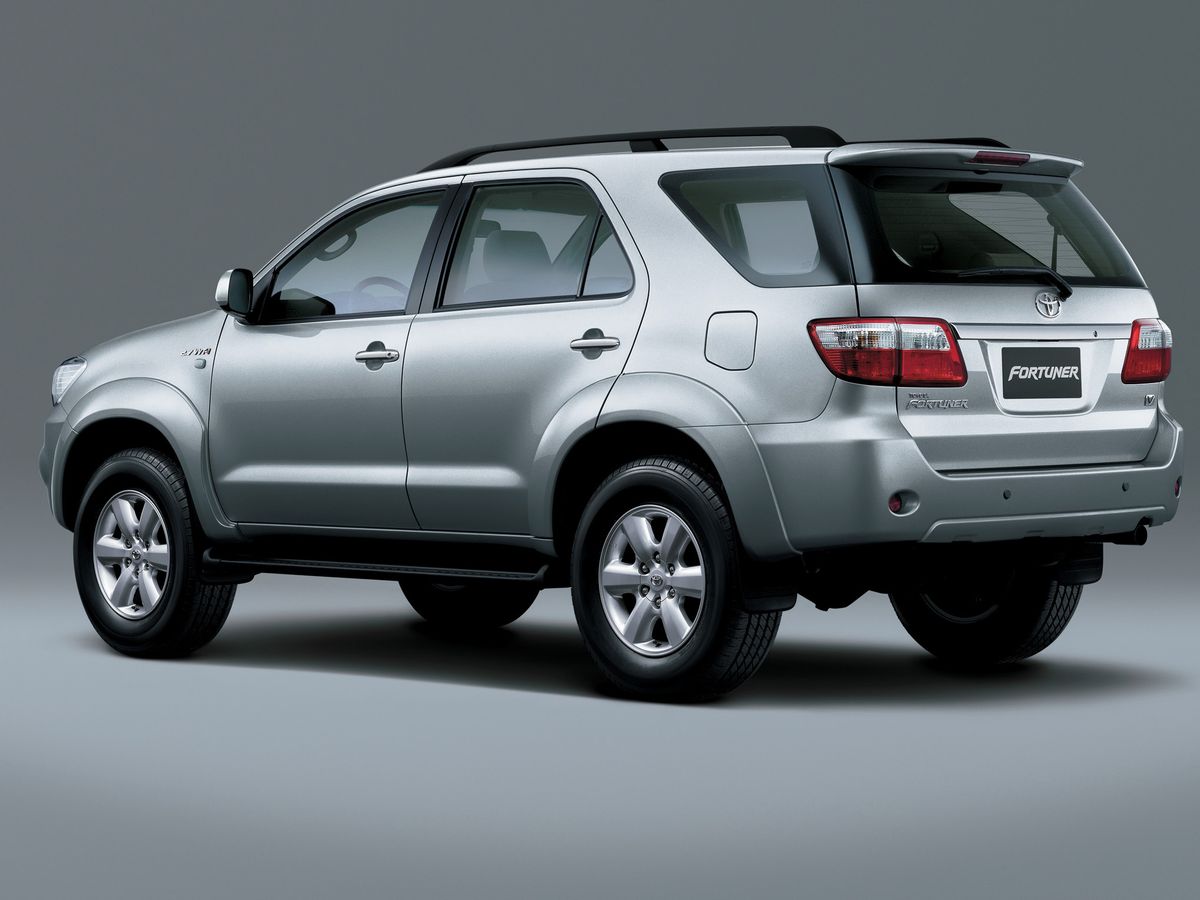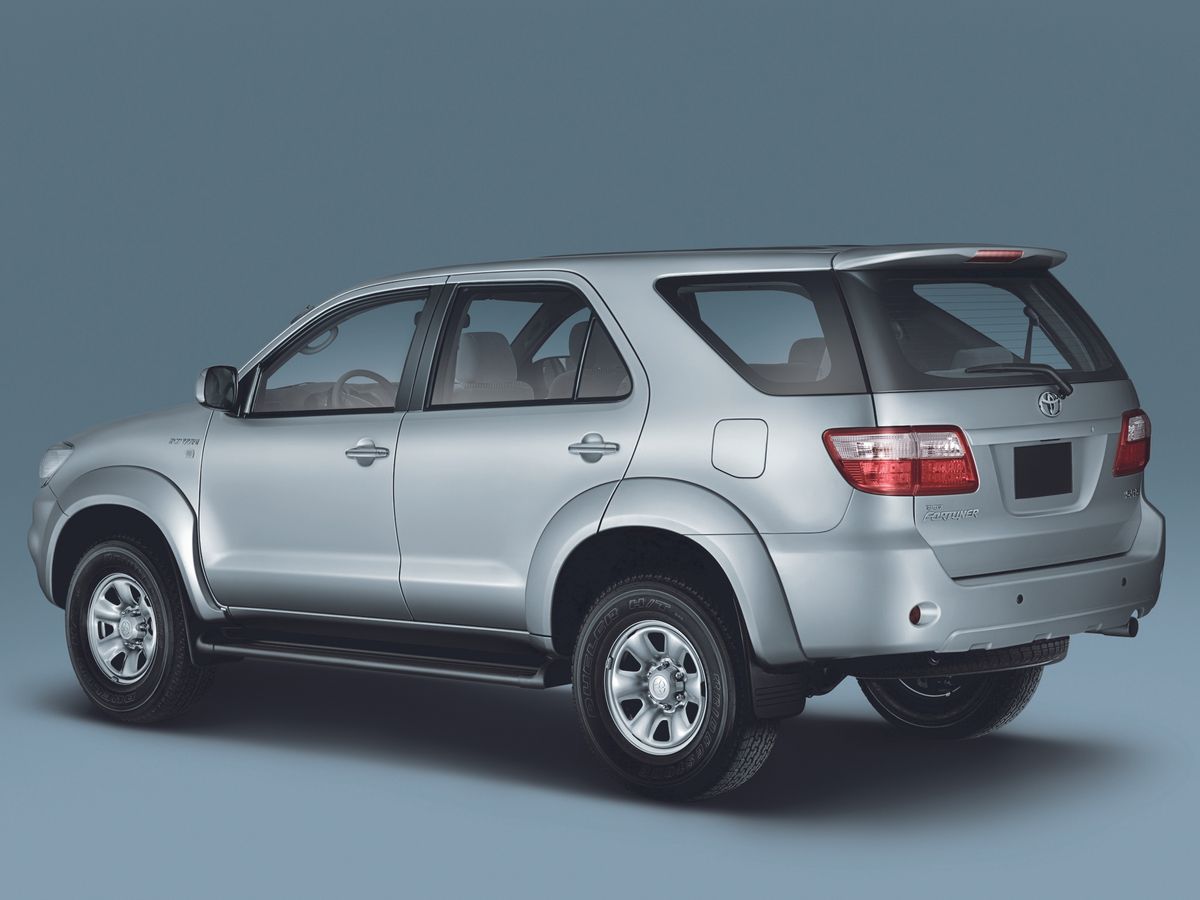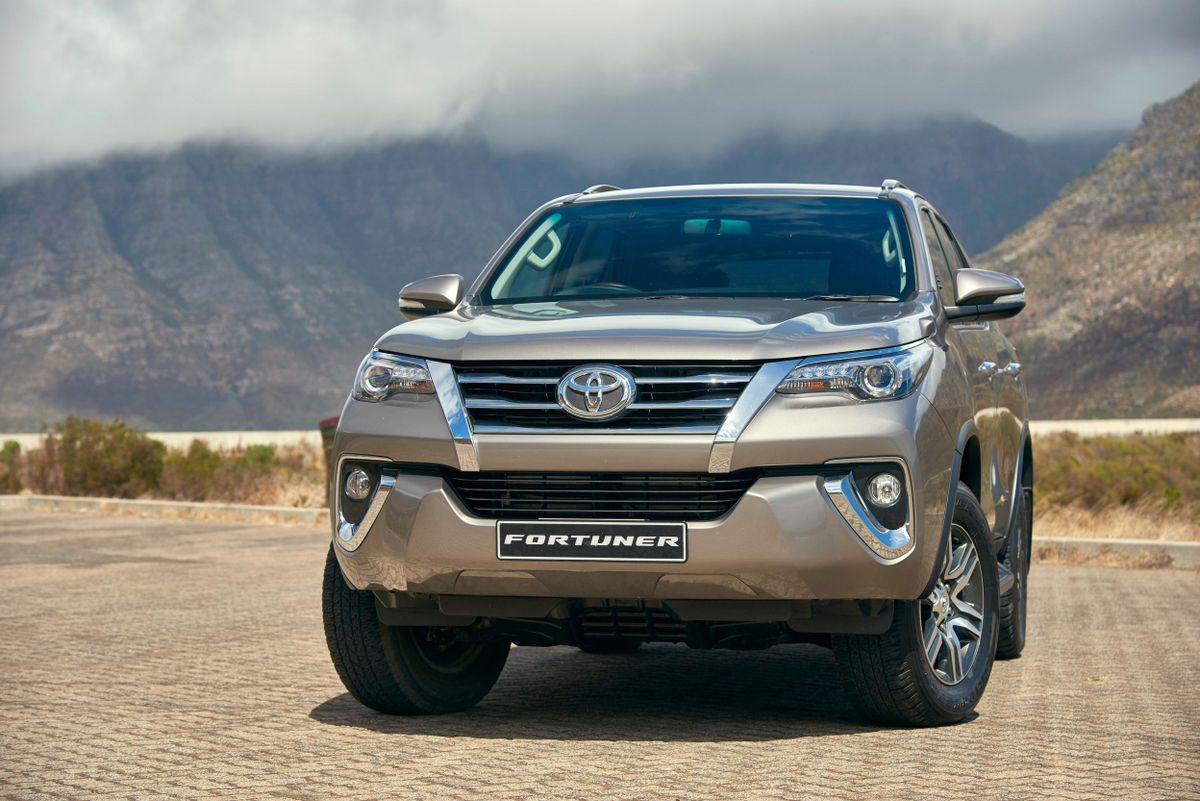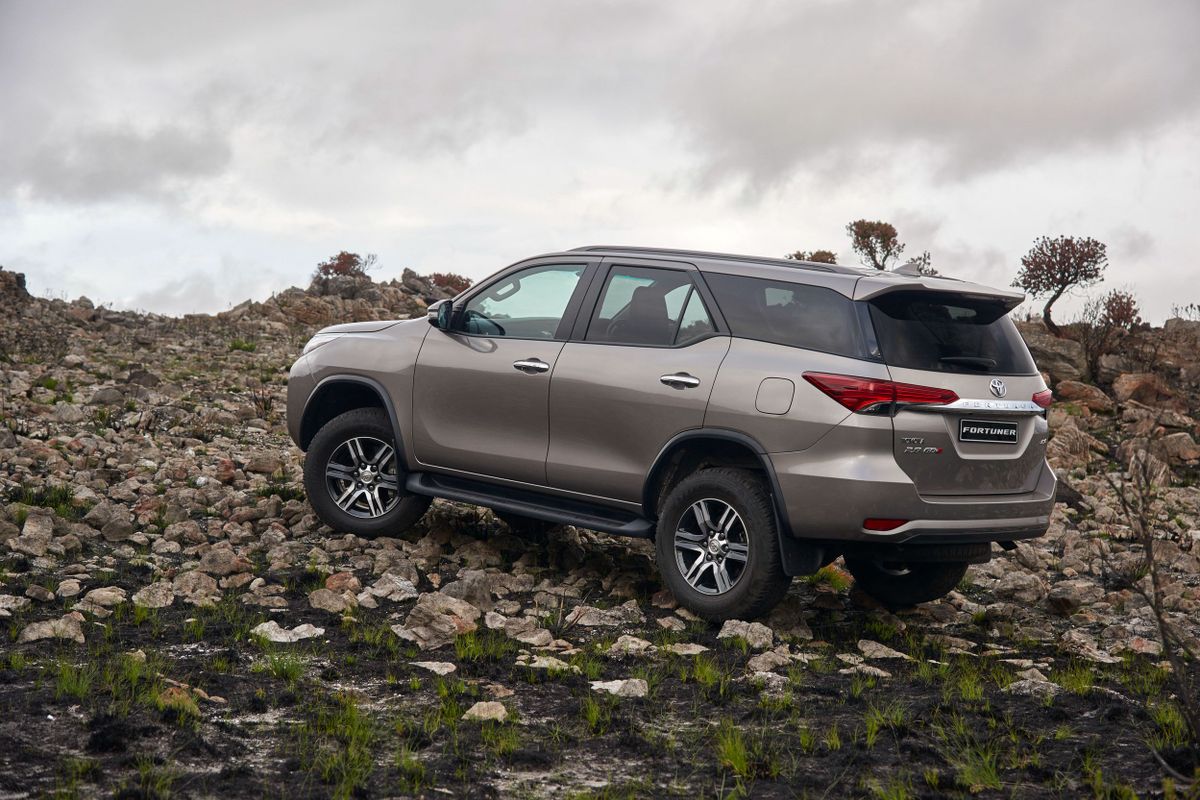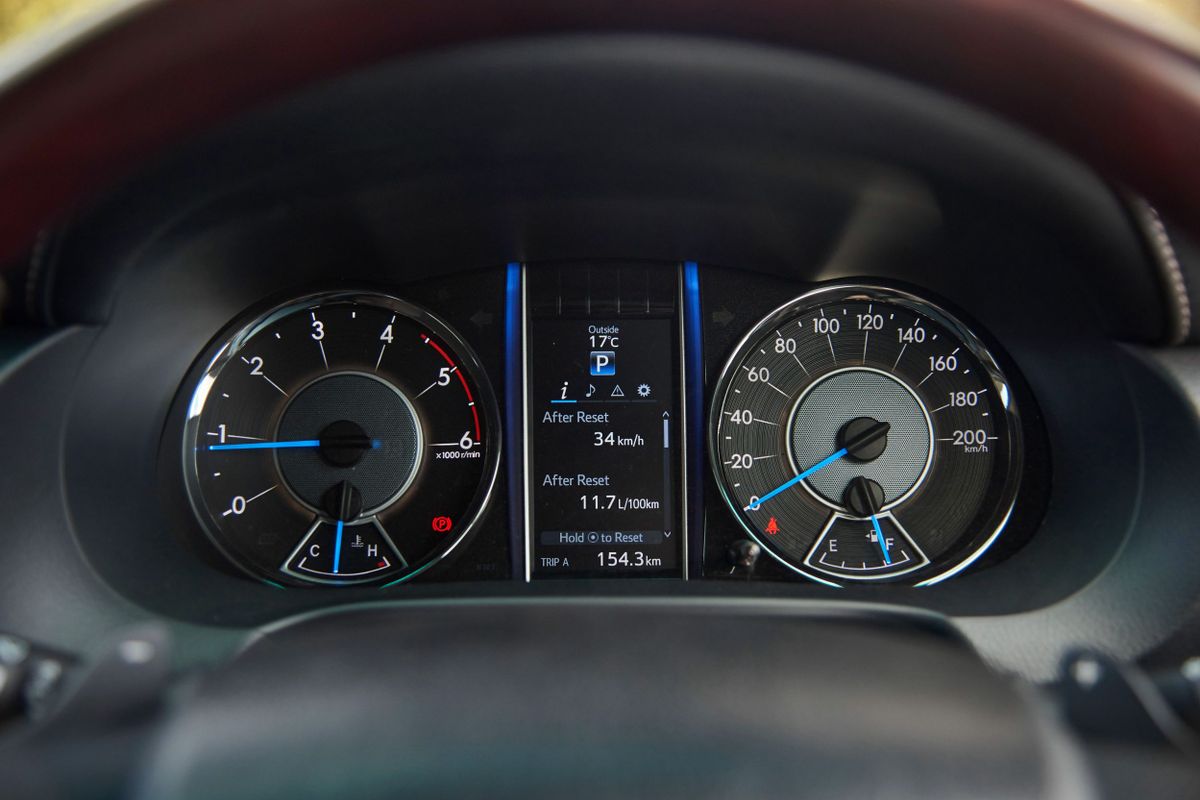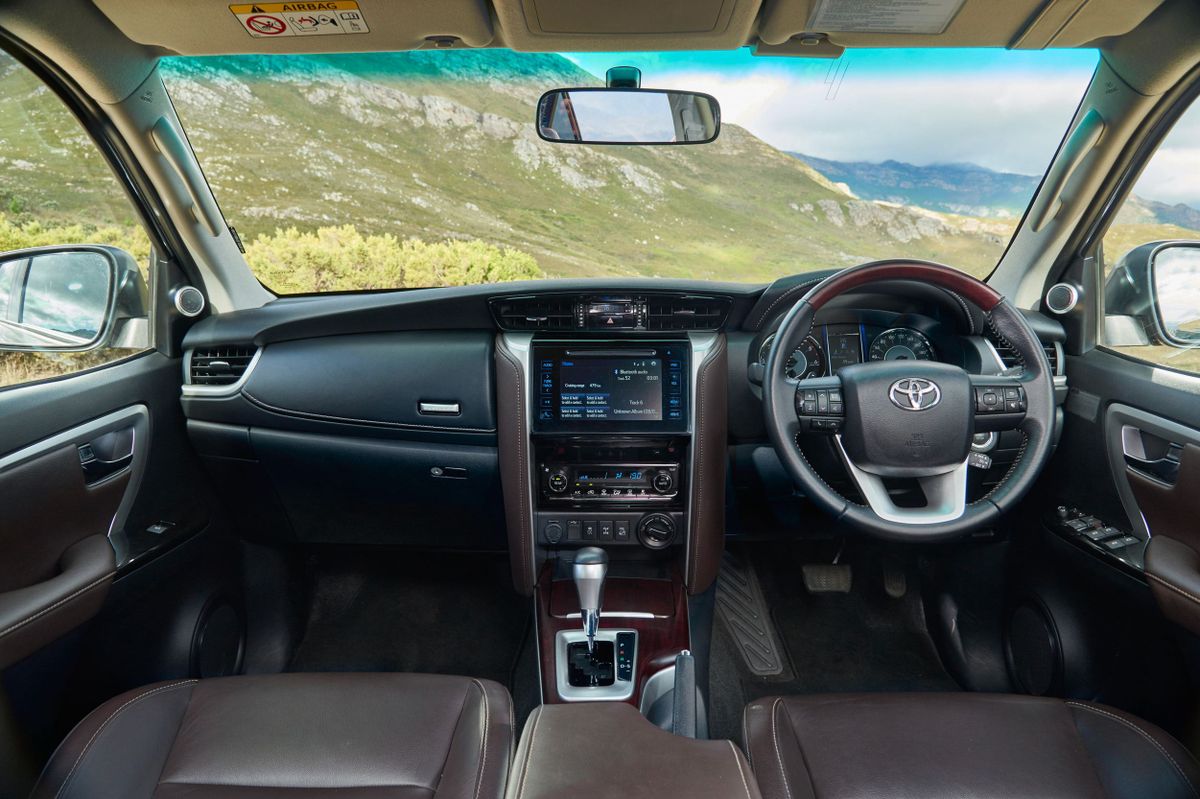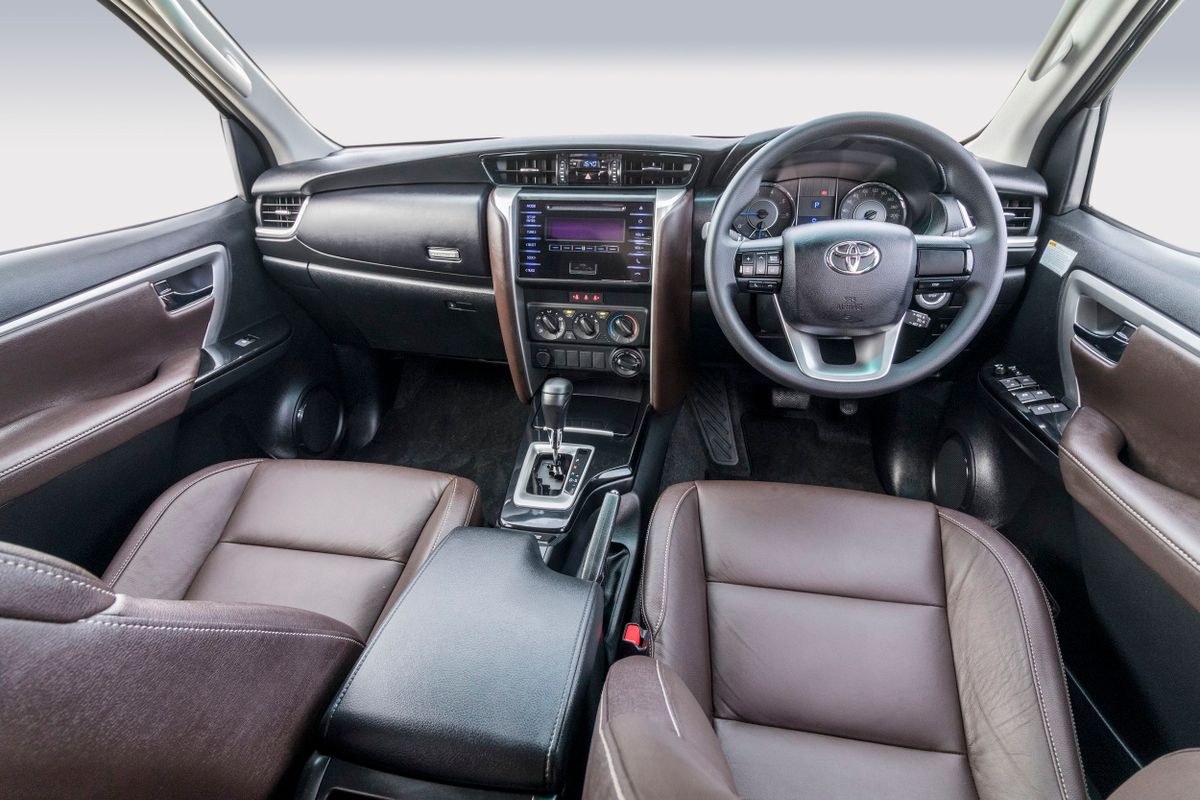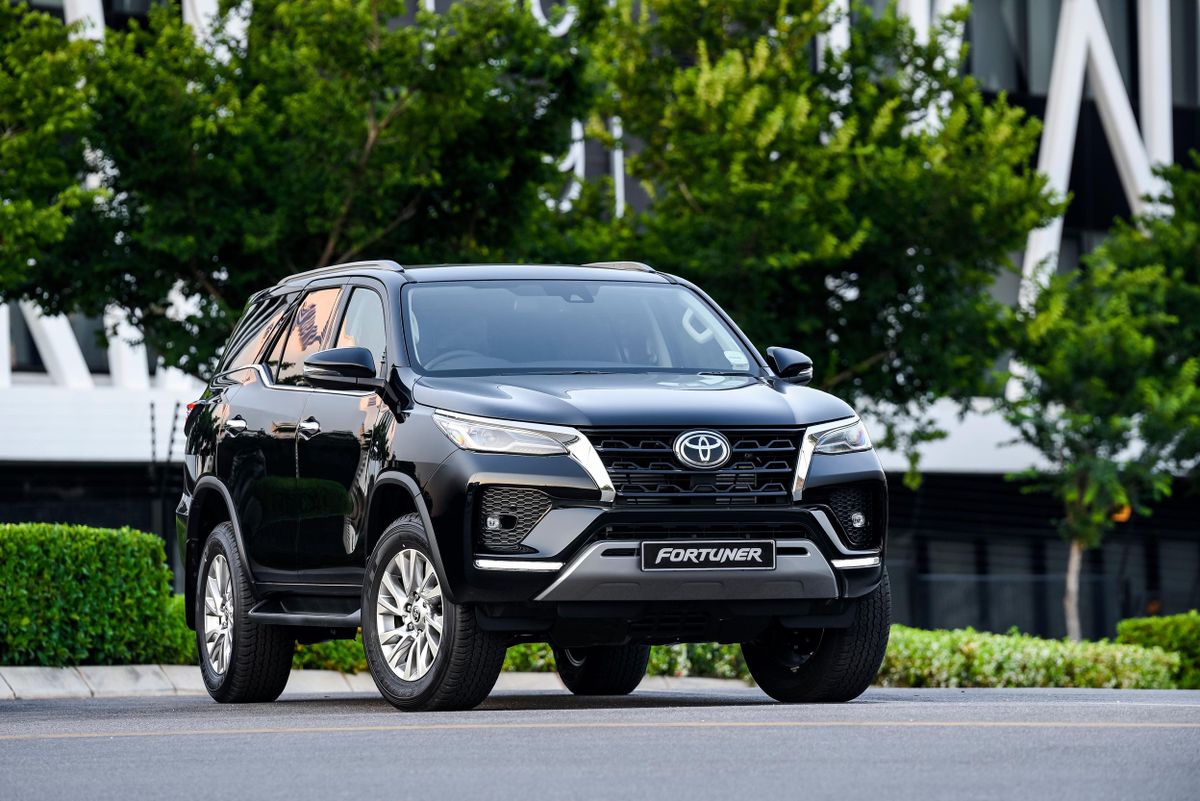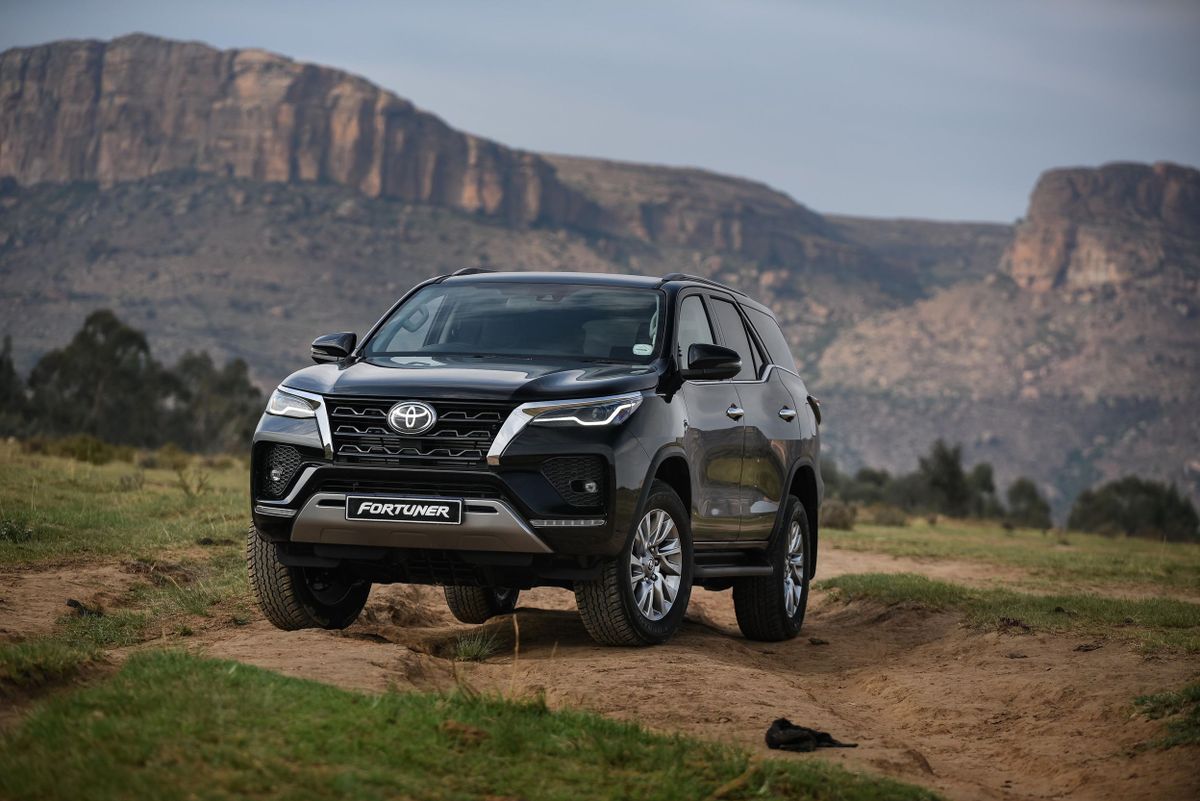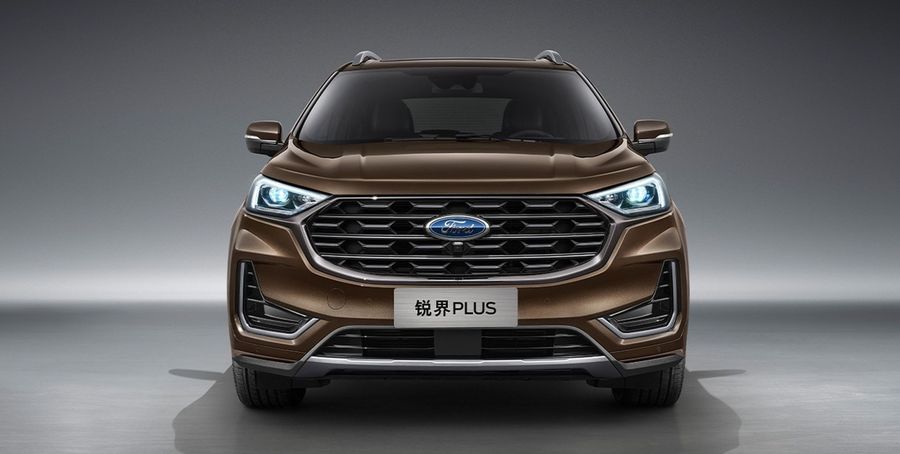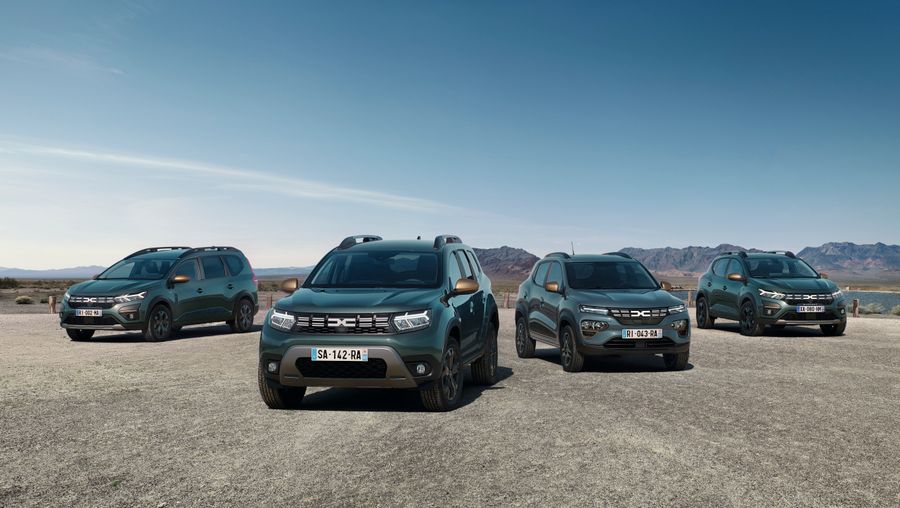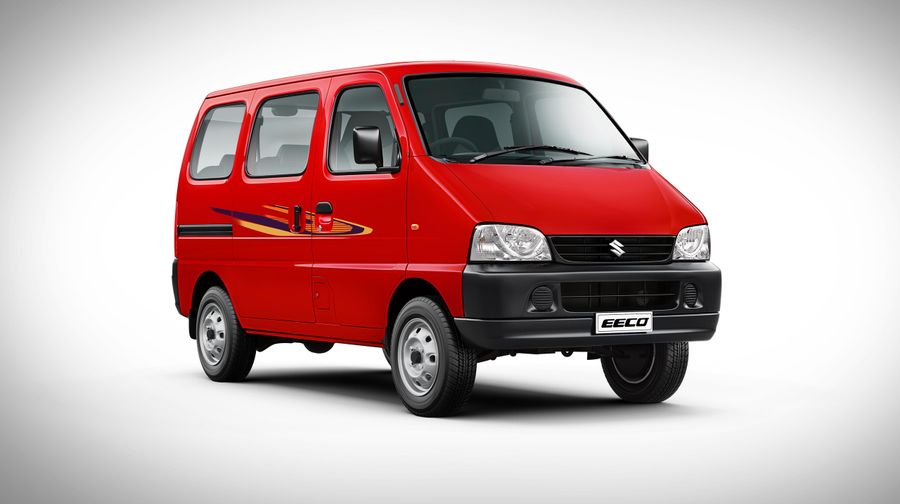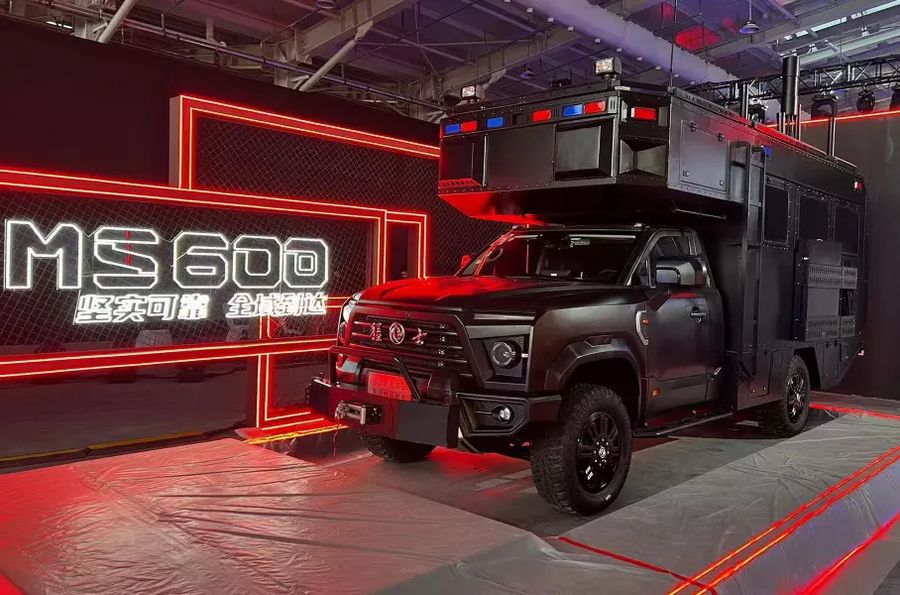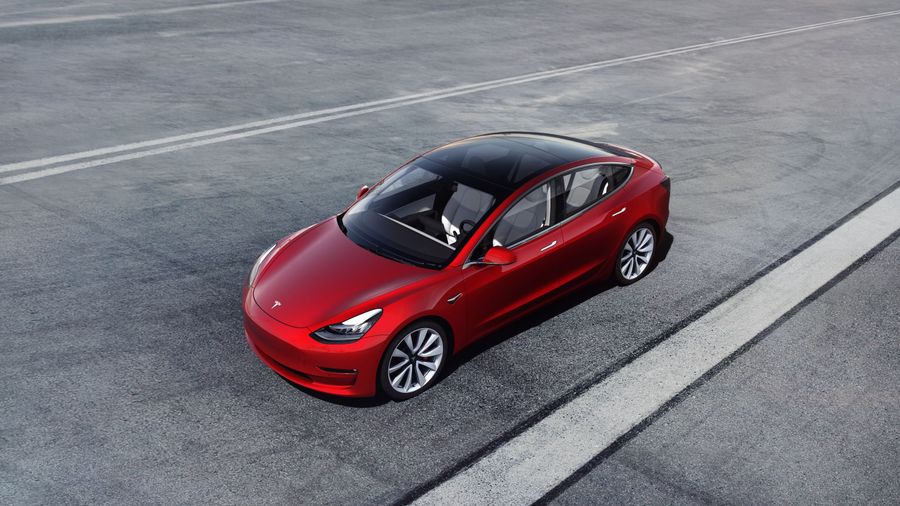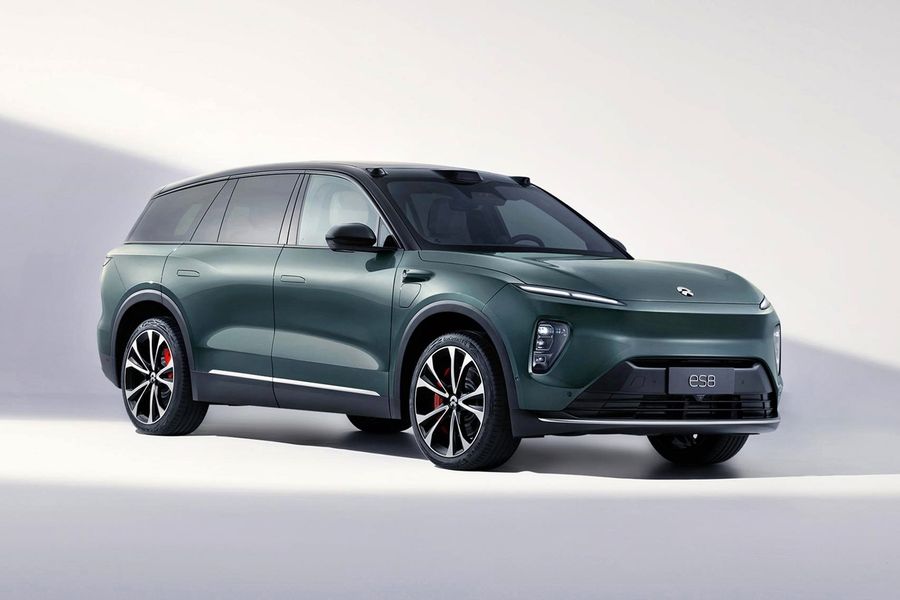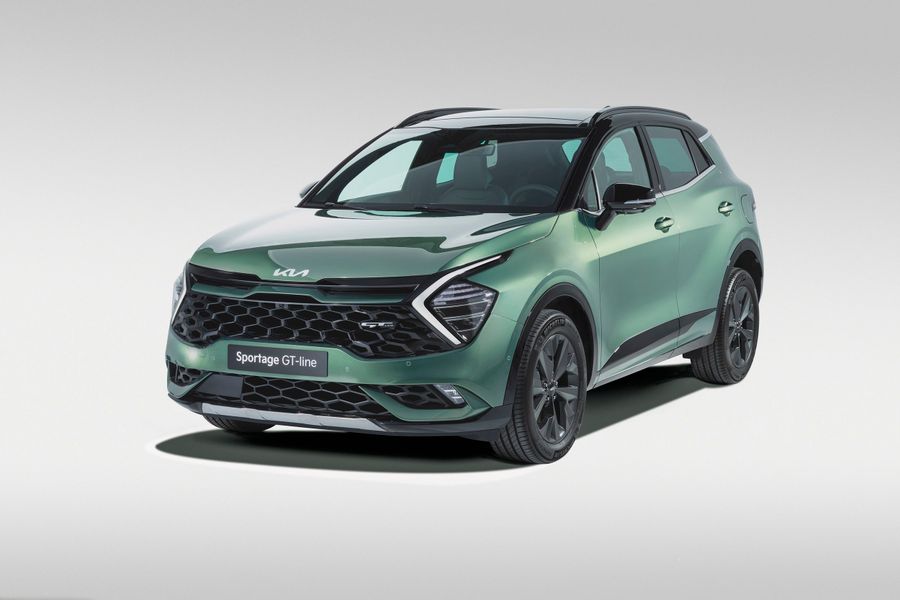
Toyota Fortuner SUV. Reliability and affordability
Introduced in 2004, the Toyota Fortuner is a mid-size body-on-frame SUV based on the Hilux pickup. It was designed specifically for developing countries. The vehicle may have 2 or 3 seat rows. It can be four-wheel drive or rear-wheel drive. The Toyota Fortuner is distinguished by reliability and affordability, which is very important for not very rich countries with poor road quality. It is unpretentious and has excellent cross-country ability. This SUV is perfect for real off-road terrain conditions with its ground clearance of 225 mm, metal protection of the engine tray, and a mechanically locking differential.
Interestingly, the first generation model was developed in Thailand jointly by Thai and Japanese engineers, and the second generation was created in Australia by Toyota Australia. This is due to the fact that the first generation Fortuner was never sold in Europe, USA, Japan or Australia. It was produced for Thailand, India, Indonesia, Argentina and some African countries. Apparently, Australia also wanted to get such a vehicle, so the second generation SUV started being supplied there, as well as to the Russian Federation.
The name "Fortuner" comes from the English word "fortune". And the vehicle truly lives up to its name, as it has become very successful.
The first generation
The new model premiered at the end of 2004 in Thailand at the Thai International Motor Expo Show. Among Toyota SUVs, Fortuner was below the Prado Land Cruiser, which did not prevent it from becoming one of the leaders in its class. The vehicle had a body-on-frame structure with an independent double-wishbone suspension at the front and a spring suspension at the rear. The all-wheel drive system contained a transfer case with a reducing gear, while the ground clearance was 220 mm. The trunk volume offered almost 300 liters behind the third row.
The first Fortuner had several motors for different markets. One of the most common variants was a 2.7-liter 2TR-FE VVT-i engine (160 hp), which was installed on both rear-wheel drive and all-wheel drive versions and was paired with a manual or automatic transmission. The top-end engine was a 4-liter V6 unit with 235 hp, which was also complemented by two gearboxes and an all-wheel drive system. The range of diesel units included 3-liter D-4D 1KD-FTV, 2.5-liter or 3-liter naturally-aspirated 5L-E engines.
The Fortuner was equipped with two standard airbags for the driver and front passenger, child seat attachment points, anti-lock braking system, tire pressure monitoring, and rear parking sensors. The body, with a proprietary GOA (Global Outstanding Assessment) safety structure, met stringent crash safety requirements.
The second generation
As a rule, such vehicles are not subjected to frequent updates. Therefore, the second generation began its life only in October 2015, that is, ten years after the first one was released. The new Toyota Fortuner could boast a more attractive exterior. The vehicle became 90 mm longer (4,795 mm) and 15 mm wider (1,855 mm). The wheelbase was practically the same (2,745 mm). The vehicle started being supplied to Russia, which is why many of our compatriots can remember it well. It retained all the features of an SUV: a body-on-frame structure, high ground clearance and an all-wheel drive system with a plug-in front axle plus a mechanically locking rear differential. And this is important for Russian roads.
The new Toyota Fortuner was supplied to Russia in a 7-seater modification. It was possible to choose from 7 color options (white, white mother-of-pearl, black, dark gray, brown, blue and silver metallic). The second row seats folded in a 60/40 ratio, while the third row could fold in a 50/50 ratio. By the way, the third row seats could be attached to the sides of the luggage compartment and easily dismantled if necessary. The interior was finished with either dark brown fabric or with beige and dark brown leather.
The Toyota Fortuner is perfect for real off-road terrain conditions with its ground clearance of 225 mm, metal protection of the engine tray, and a mechanically locking rear differential.
In Russia, the SUV could have one of two trim levels. The basic equipment included LED headlights for low and high beam, 17-inch alloy wheels, climate control, a Toyota Touch 2 multimedia system with a 7-inch touchscreen display, a rear-view camera, a heated and cooled glove box compartment, electric interior heater and autonomous engine heater, electrically heated steering wheel, seats and mirrors. The Prestige version featured 265/60R18 tires and additionally offered chrome door handles, leather upholstery for power driver’s seats, an intelligent keyless entry and engine start system, an electric tailgate, and more.
The range of engines consisted of a 2.8-liter turbocharged diesel engine (177 hp) and a 2.7-liter naturally-aspirated gasoline engine (163 hp). The gasoline unit was paired with a manual or automatic transmission, while the diesel engine was supplemented only with an automatic transmission. Other markets offered a 4-liter V6 engine (1GR-FE, 278 HP, 376 Nm, combined with a 6-speed automatic transmission) and 2.4, 2.5 and 3-liter turbocharged diesel engines.
Each Toyota Fortuner was equipped with seven airbags, rain and light sensors, as well as all modern electronic assistants: ABS, BAS, VSC (vehicle stability control), EBD (electronic brake force distribution), HAC (hill start assist control), and A-TRC (active traction control). All-LED headlights, a reversing camera, Descent Assist Control (DAC), rear air conditioning, electric fifth door and keyless entry were available as options.
2020 restyling
The restyled 2020/2021 Toyota Fortuner offers an expanded range of modifications. There is a rich and expensive Legender version with a new front face design. Overall, the vehicle began to look fresher. It has acquired new bumpers (diode strips for turn signals are built into the front one), standard LED headlights, and a modernized radiator grille. The top-end version offers LED taillights and new 18-inch wheel rims. The interior features the improved electronics and a new media system with an 8-inch screen (instead of 7 inches) that is compatible with Apple CarPlay and Android Auto. The models supplied to Thailand feature an upgraded 2.8-liter engine, the output of which has increased from 177 hp and 450 Nm to 204 hp and 500 Nm. The vehicle’s power steering has also been improved.


